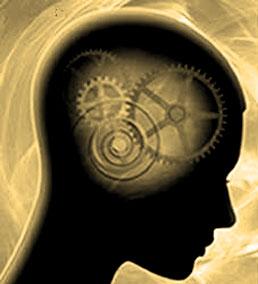Hipnotherapy
Hypnosis (hypnosis, relaxation hypnosis, hypnoanalysis)

Hypnosis does not heal in itself, but is a tool for the therapy process, because in the altered state of consciousness provided by hypnosis, the patient is much more receptive to the therapy applied.
The word hypnosis comes from the Greek word hypnos (sleep, dream), because it was first believed to be a sleep-like state. Since the state of consciousness changes during hypnosis and the unconscious becomes more accessible, hypnosis can also be used for healing purposes.



No one can be hypnotized against their will
No one can be hypnotized against their will, and it is impossible for the therapist to get the patient to do anything that the patient is averse to. The depth of hypnosis can vary from person to person, depending on how hypnotizable you are and how much trust has deepened in the relationship between the client and the therapist.
The therapist’s primary goal is to help bring about a change in the unconscious that will help the patient recover as soon as possible.
During hypnosis, the therapist helps the patient to find the internal resources with which he can strengthen his existing abilities and develop new adaptation and coping patterns.
The therapist also considers the patient’s current life situation, personality, and behavior and discusses it with the patient. The ego-state method is perhaps the most important of the tools of hypnoanalysis.
The method is based on the fact that our personality is made up of several different self-parts that correspond to our different social roles. In accordance with our life situations, we use different skills and modes of operation throughout our lives. These self-states are flexible, easily changeable, and usually work together in harmony.
When trauma or abuse hits us, parts of the self are created whose relationship with the other parts of the self will be full of conflicts. In such cases, if things similar to the experiences that create the self-part happen to us, we cannot react properly to different situations, because such a self-part holds us back, indicating that we need to deal with it.
It is also possible that one such part of the self returns as a symptom and causes, for example, depression, anxiety, eating or sleeping disorders. Using the method of hypnosis, the therapist is able to help the self-parts of the patient’s personality to develop a new cooperative relationship and communication between them. In hypnosis, the therapist reveals the origin of the self-part, the time of its creation, the circumstances, and motivations, and the problem-causing functioning until now can begin the path of change and integration into the personality by getting to know the self-part.
With the method of hypnosis, the therapist is able to help the patient’s self-parts to develop a new collaborative relationship between them. In hypnosis, the therapist explores the origin, time, circumstances, motivations of the self, and the problem that has been causing the problem so far can begin by changing the self and integrating into the personality.
FAQ – Frequently asked questions.

Many people wonder if they can be hypnotized?
They doubt whether they can be hypnotized or not. Most people can be hypnotized. Altered states of consciousness cover a wide spectrum, for example, sleep is also an altered state of consciousness, in which case we dive deep into ourselves, of course without being aware of it. In therapeutic conditions, awareness remains, but with the help of relaxation, the person gets deep enough to immerse himself in his inner image world, and this fact serves as the basis of this method. Since most of us don’t have trouble falling asleep, hypnosis won’t either. An exception is for those who already have problems falling asleep. This state of consciousness is also more difficult to create there, but in most cases – if not always the first time – it is created.
What happens if someone cannot achieve the deep relaxation required for hypnosis?
If relaxation does not work at all for someone (not even several times), then you can still try the less state-modifying treatment, N.L.P., which is also hypnosis, but without its deeper states, in this case the person does not get into a relaxed state, but without it , his inner image-imagination process is activated during the conversation.
Is it always necessary to use an altered state of consciousness in a therapy?
In other cases, it may not be necessary to invoke the altered state of consciousness and the healing process between client and therapist remains at the verbal level throughout. If a deeper altered state of consciousness therapy would be justified for someone, it is important to know that the therapy can work effectively without it, but it will take more time.
Methods and therapies
Health zone
Interesting facts from the world of mental health and psychology.


